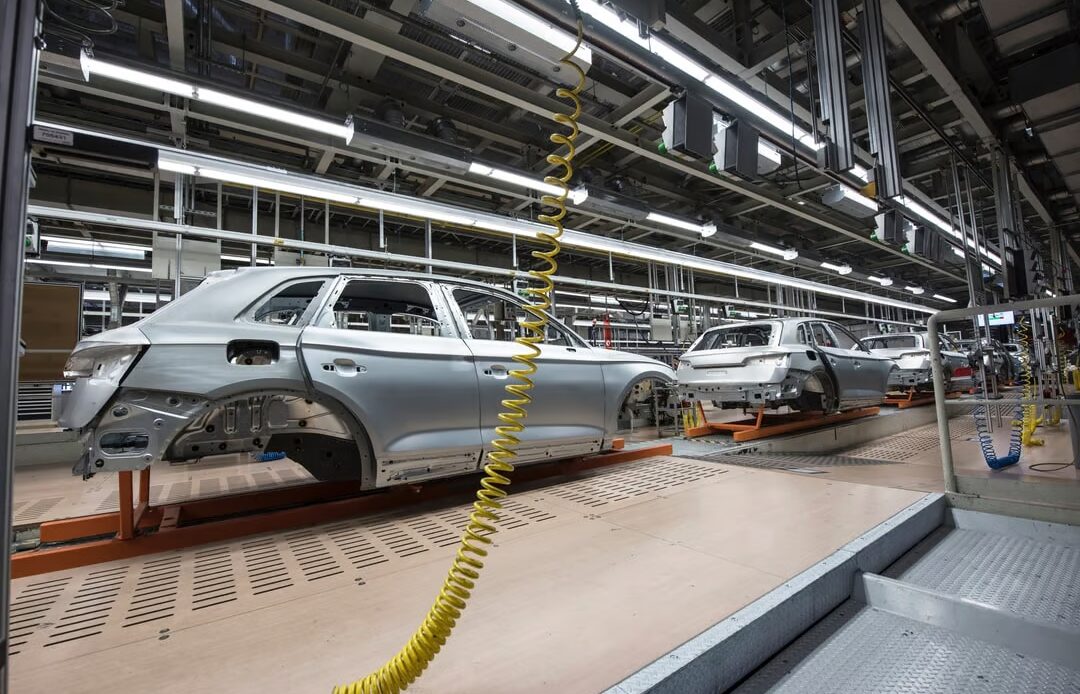From the turn of the 20th century to the dawn of the electric vehicle era, car manufacturing has undergone profound transformations. The inception of assembly line production by Ford revolutionized the industry, making cars more accessible to the masses. Since then, continuous innovation has been the hallmark of automotive manufacturing, with each decade bringing novel technologies and approaches to the forefront. This evolution is not just a tale of mechanical enhancement but also one of adapting to changing economic landscapes, consumer demands, and environmental considerations. In this section, we’ll delve into the pivotal moments and technological advancements that have reshaped car manufacturing through the ages.
The Assembly Line: Industrial Synchronization
The introduction of the assembly line by Henry Ford in the early 1900s revolutionized manufacturing. By implementing this innovative method, Ford streamlined the production of vehicles, allowing for efficient mass production through the division of tasks into simple, repetitive steps. The assembly line not only slashed production times and costs but also democratized automobile ownership, making it accessible to a broader population. Ford’s forward-thinking approach laid the foundation for the modern automotive industry, emphasizing both efficiency and affordability.
The Rise of Automation: Robots in the Factory
At the onset of the mid-20th century, the landscape of factories underwent a profound transformation with the advent of automation. The introduction of robotics into car production, notably in the 1960s, sparked a revolutionary change in manufacturing processes. By entrusting robots with hazardous or repetitive tasks, the industry witnessed a notable enhancement in precision and consistency throughout production lines. This pivotal shift not only elevated workplace safety standards but also catalyzed a shift in the labour force, ushering in demand for skilled professionals adept at operating and maintaining cutting-edge machinery.
Innovation in Parts Fabrication: The Role of Materials and Technology
The ever-evolving car manufacturing process has seen substantial advancements in parts fabrication techniques. New materials such as carbon fibre composites and high-strength aluminium alloys have emerged, enabling the production of lighter, stronger, and more energy-efficient vehicles. The use of rubber gaskets has also played a…
Click Here to Read the Full Original Article at Paddock Magazine…

